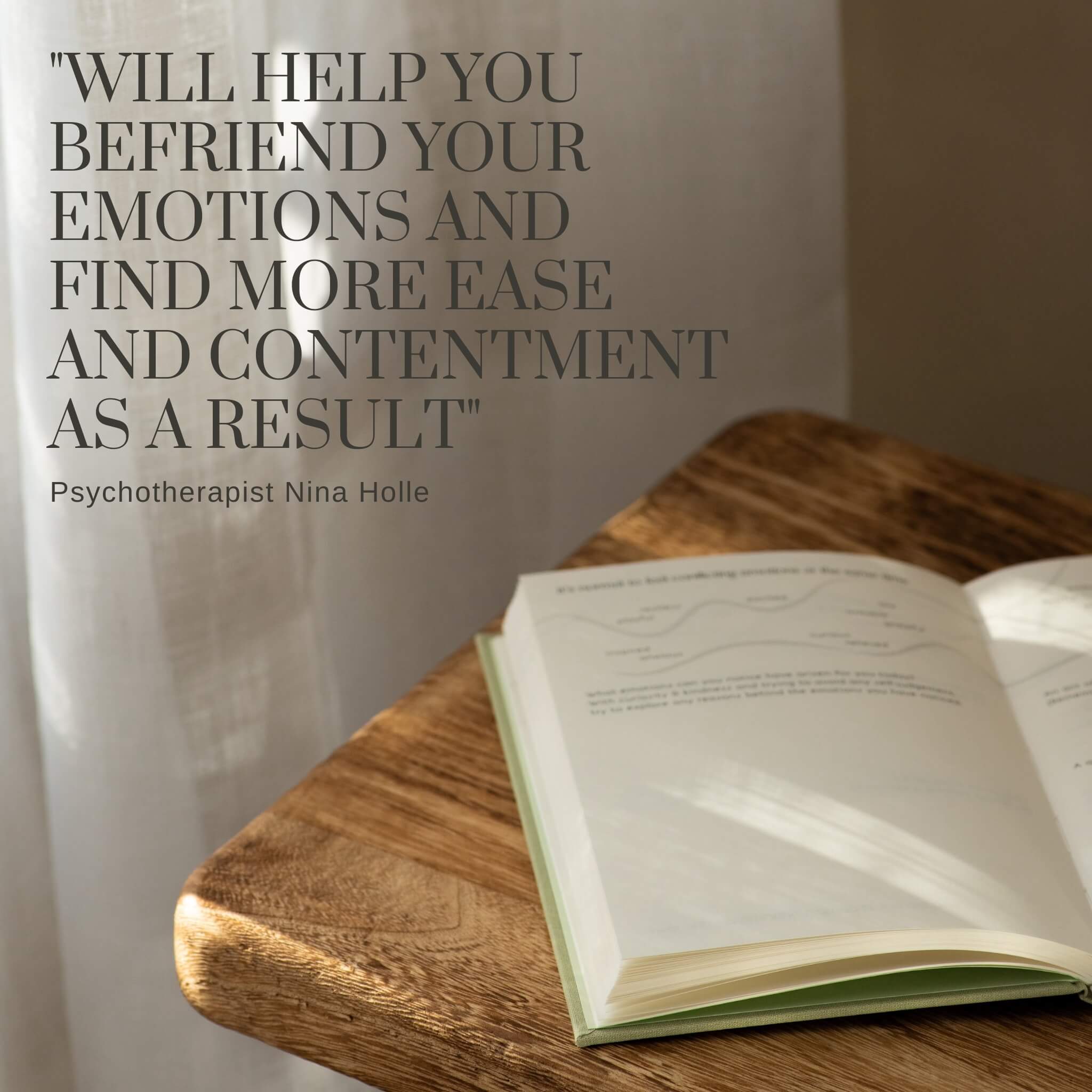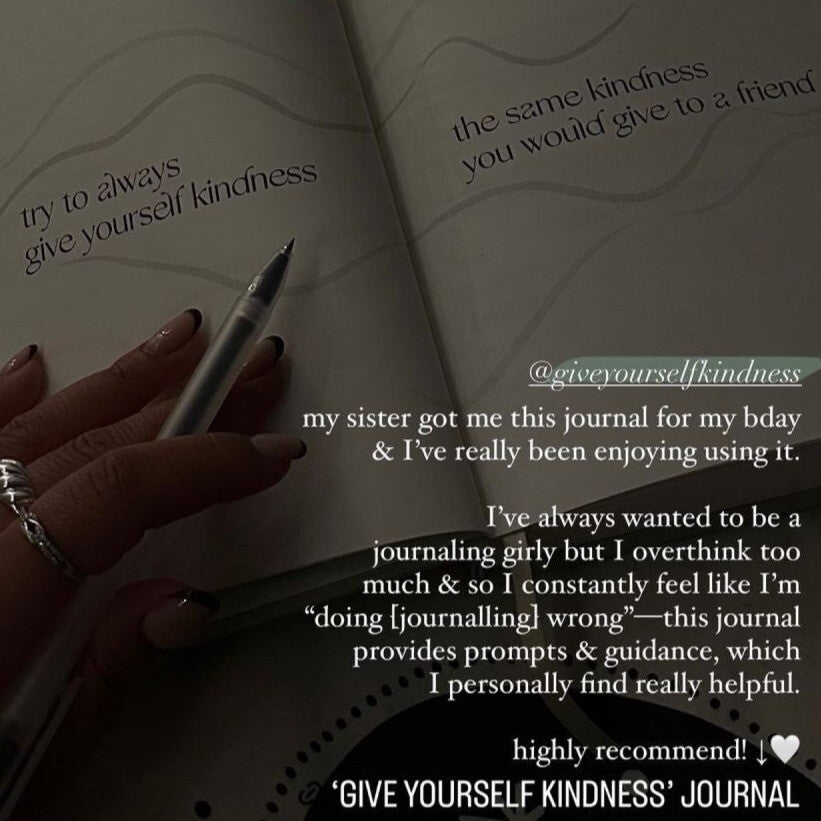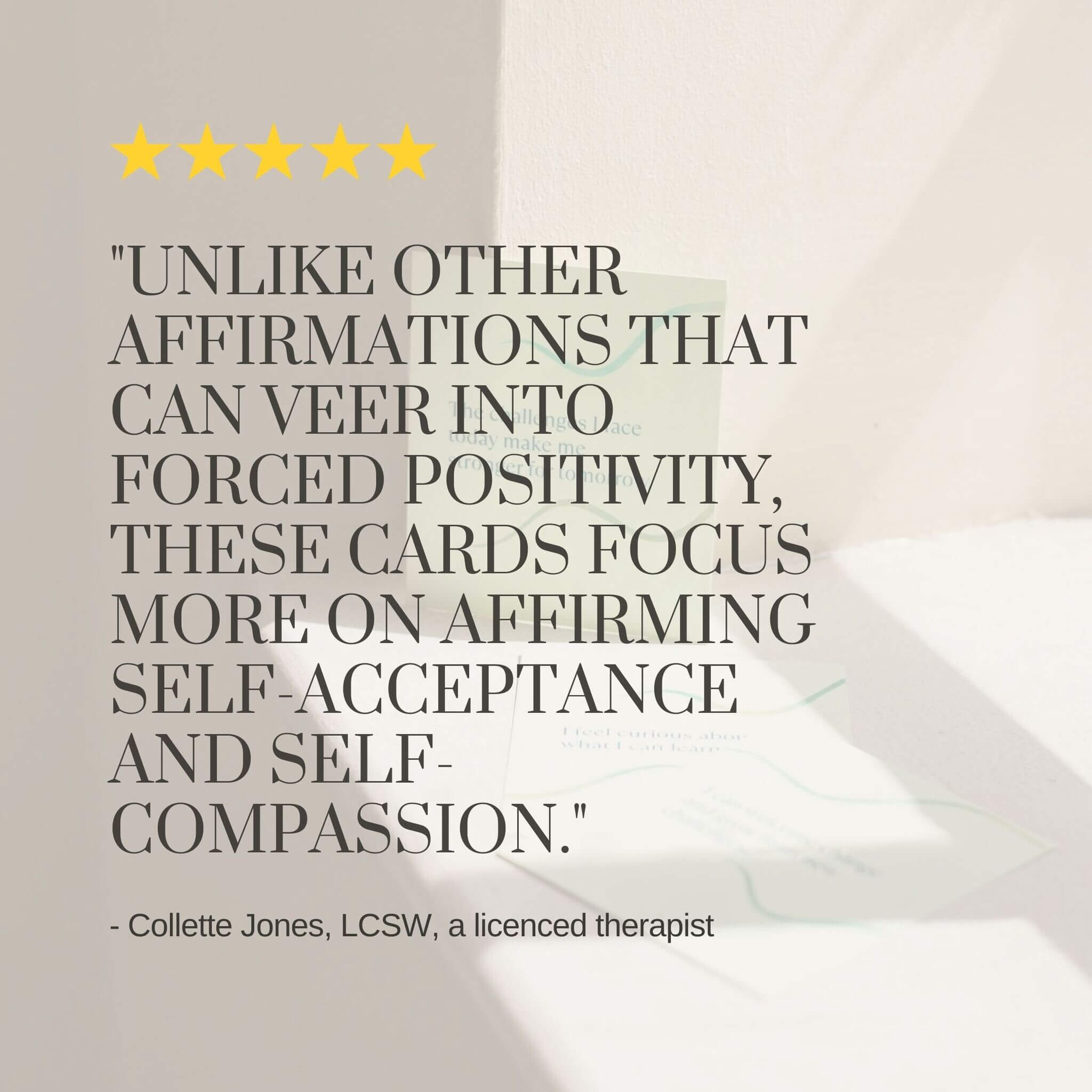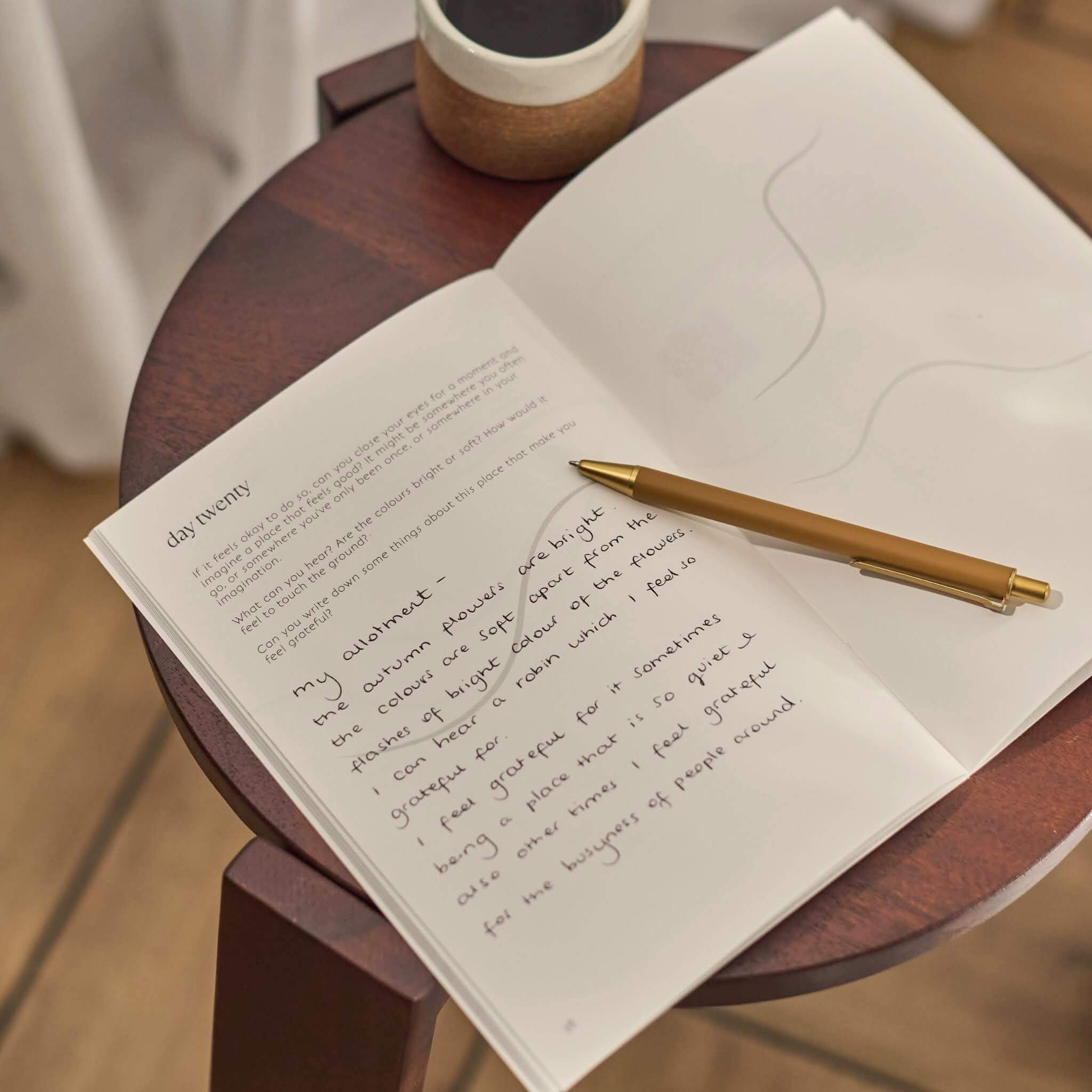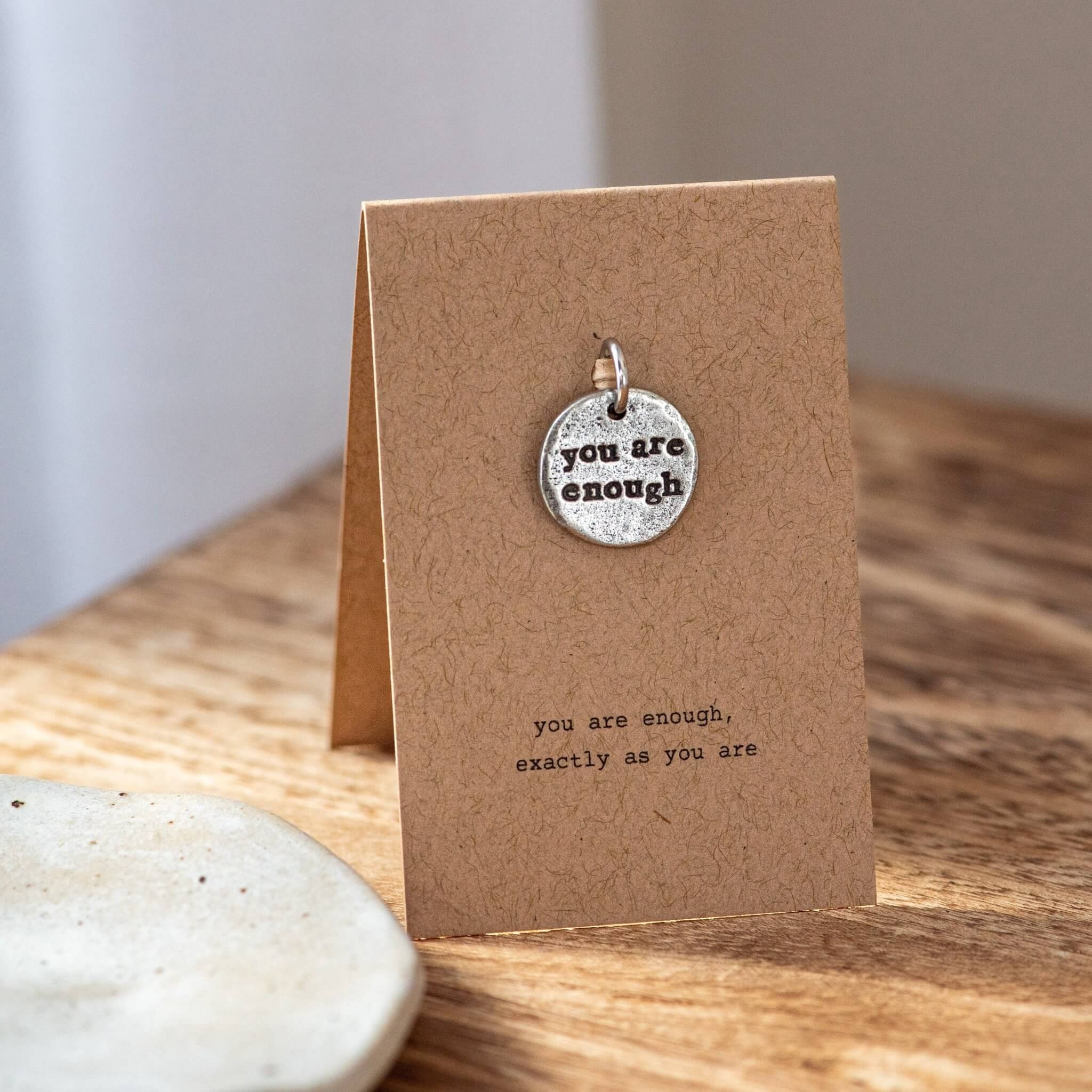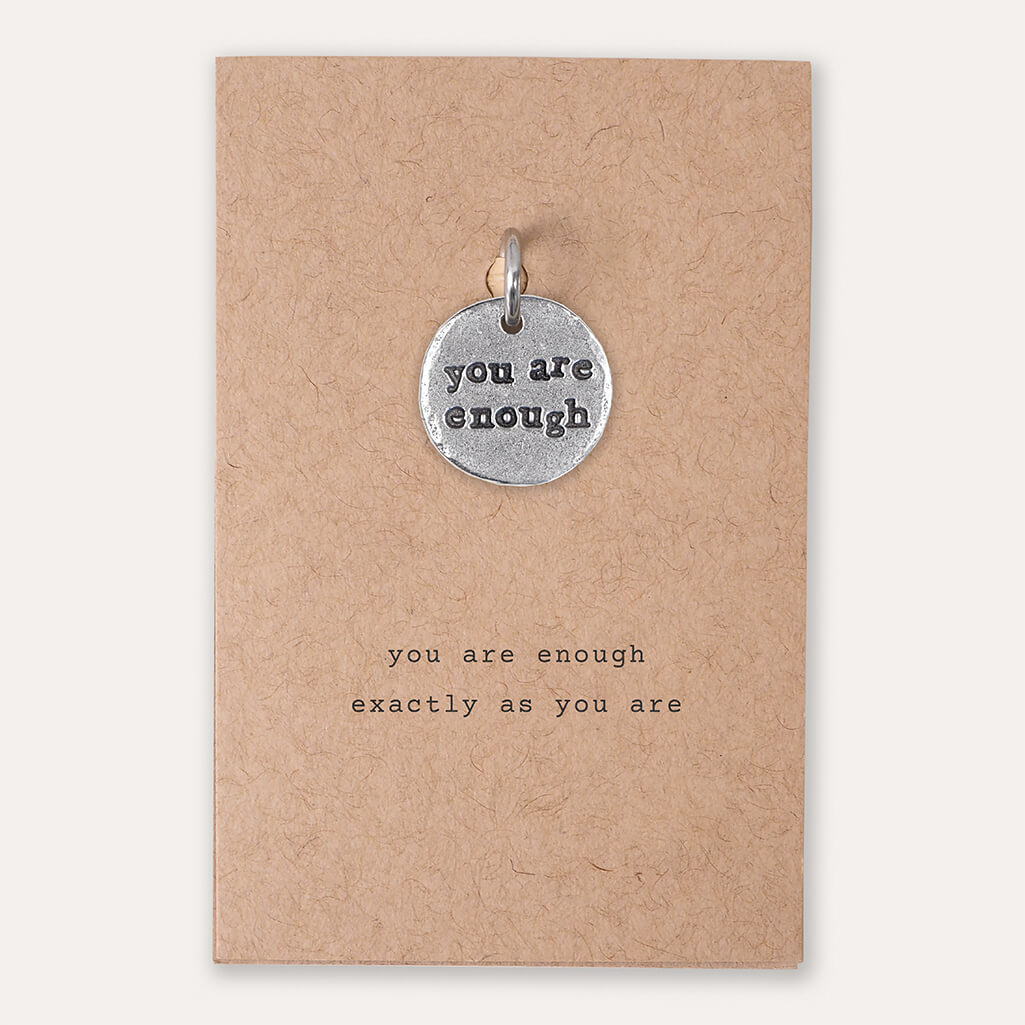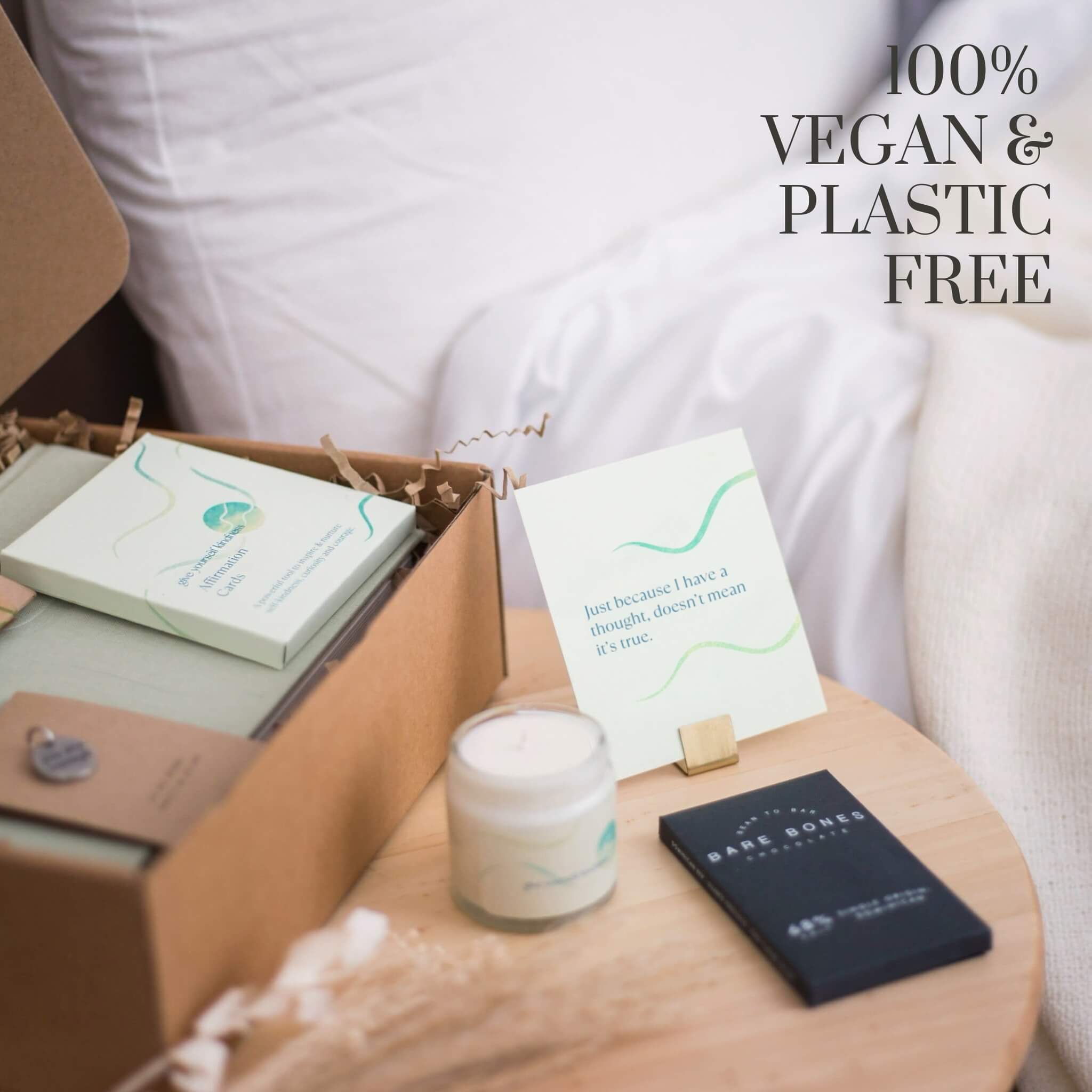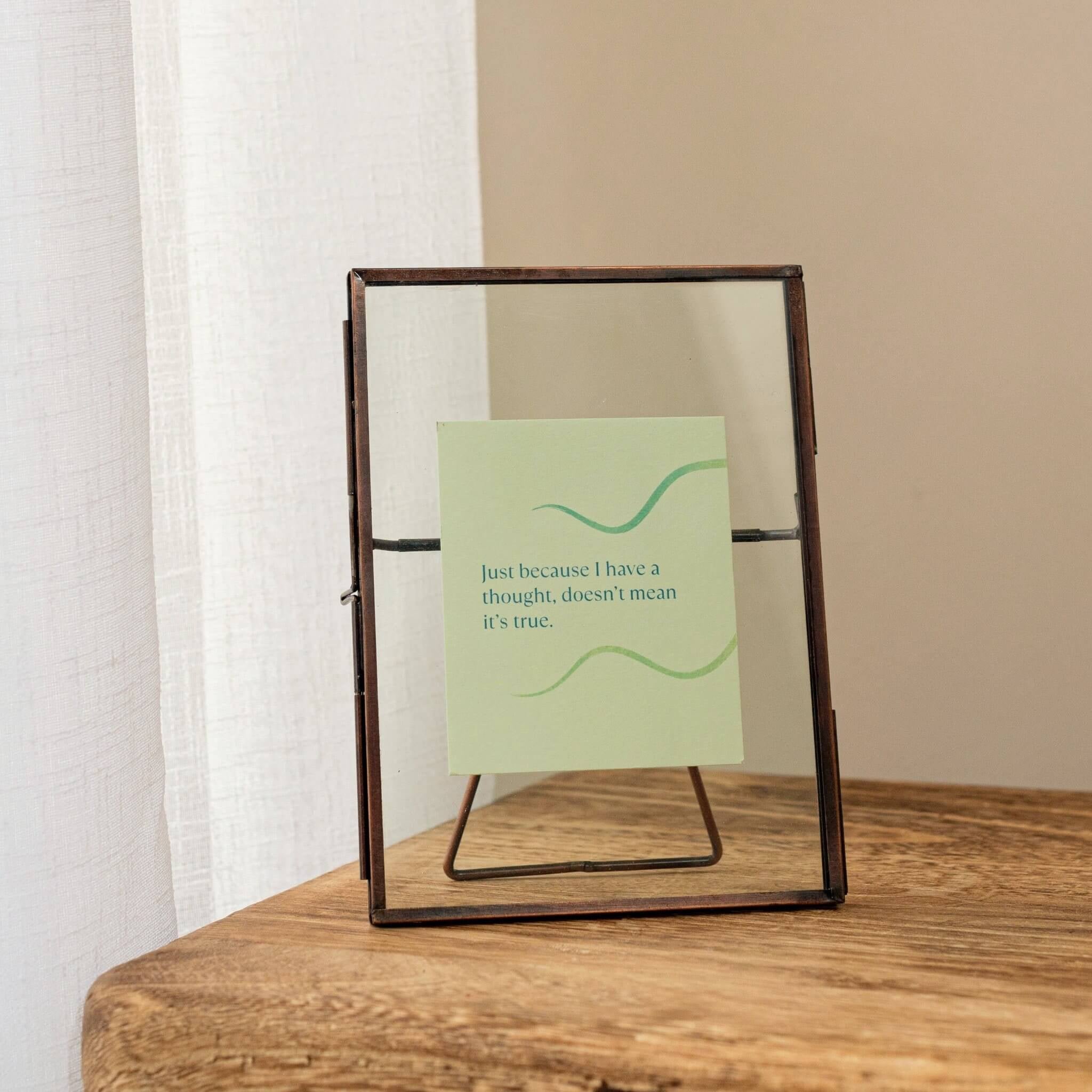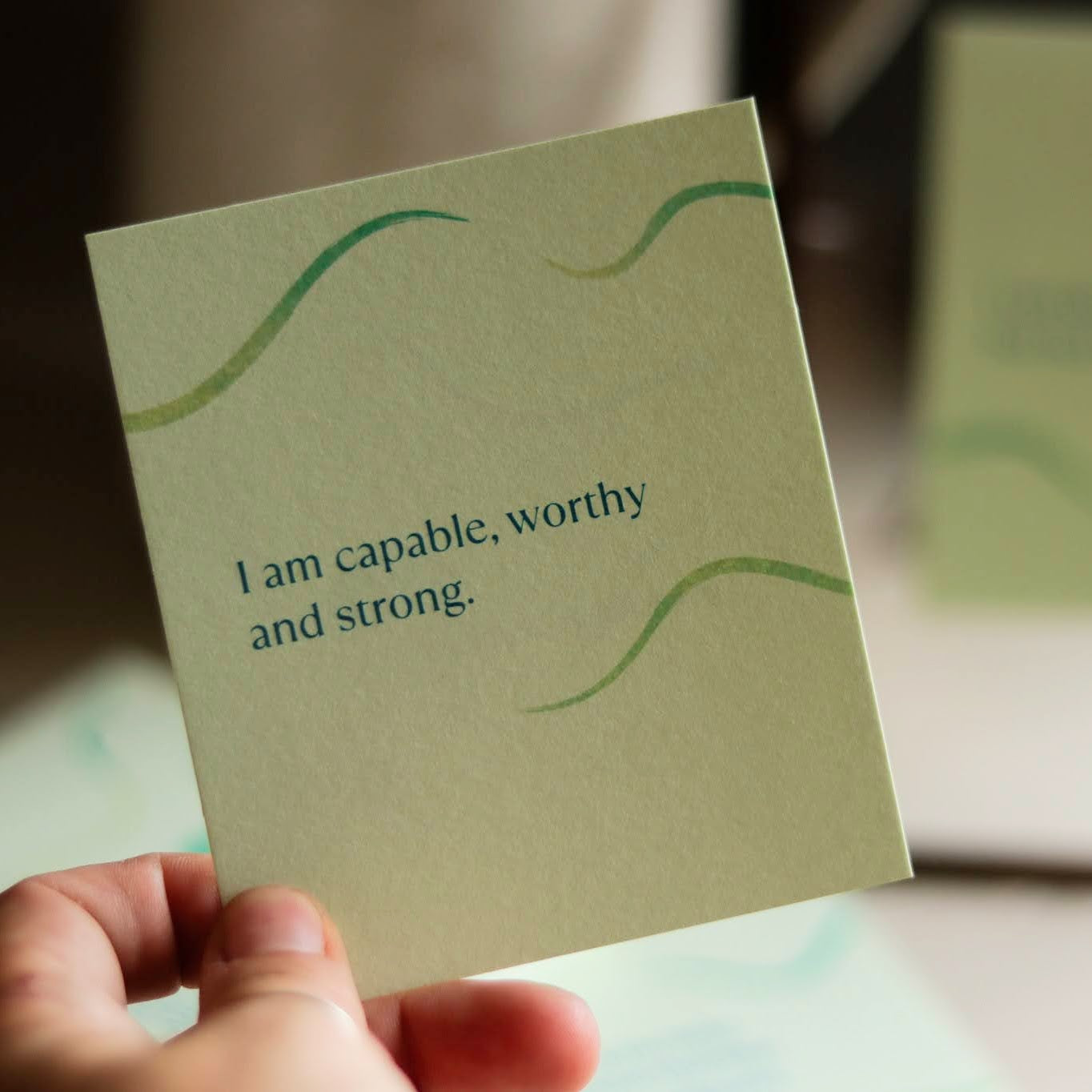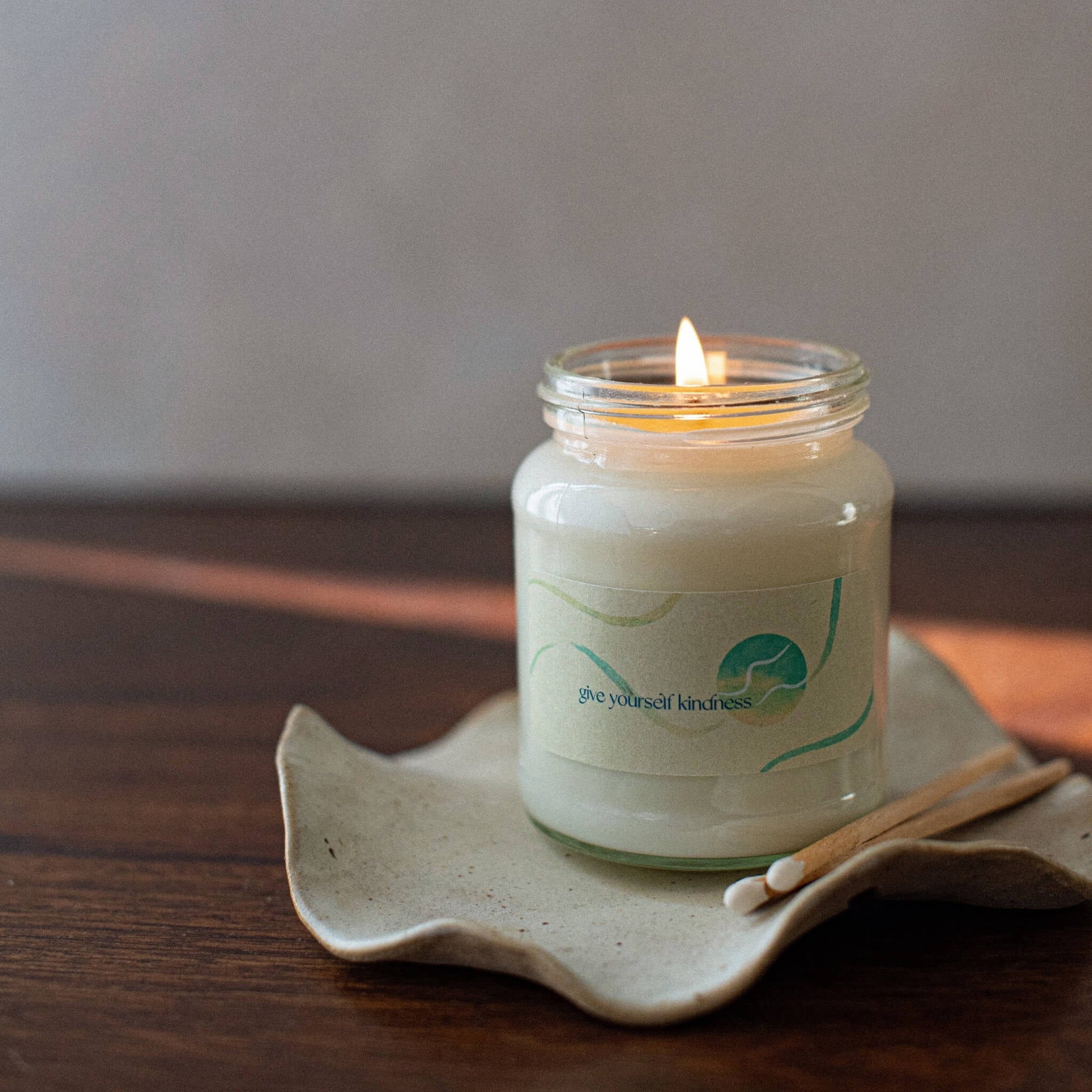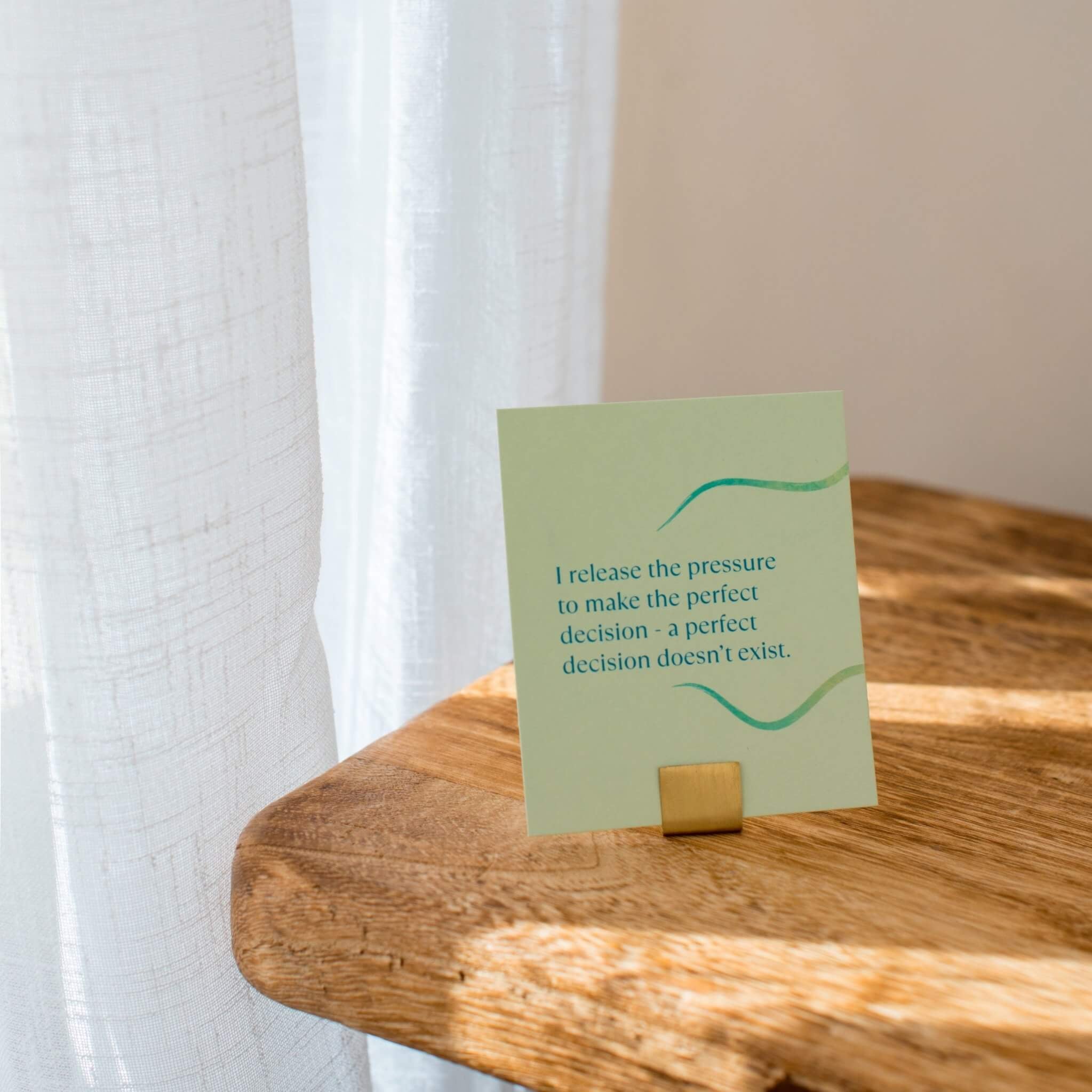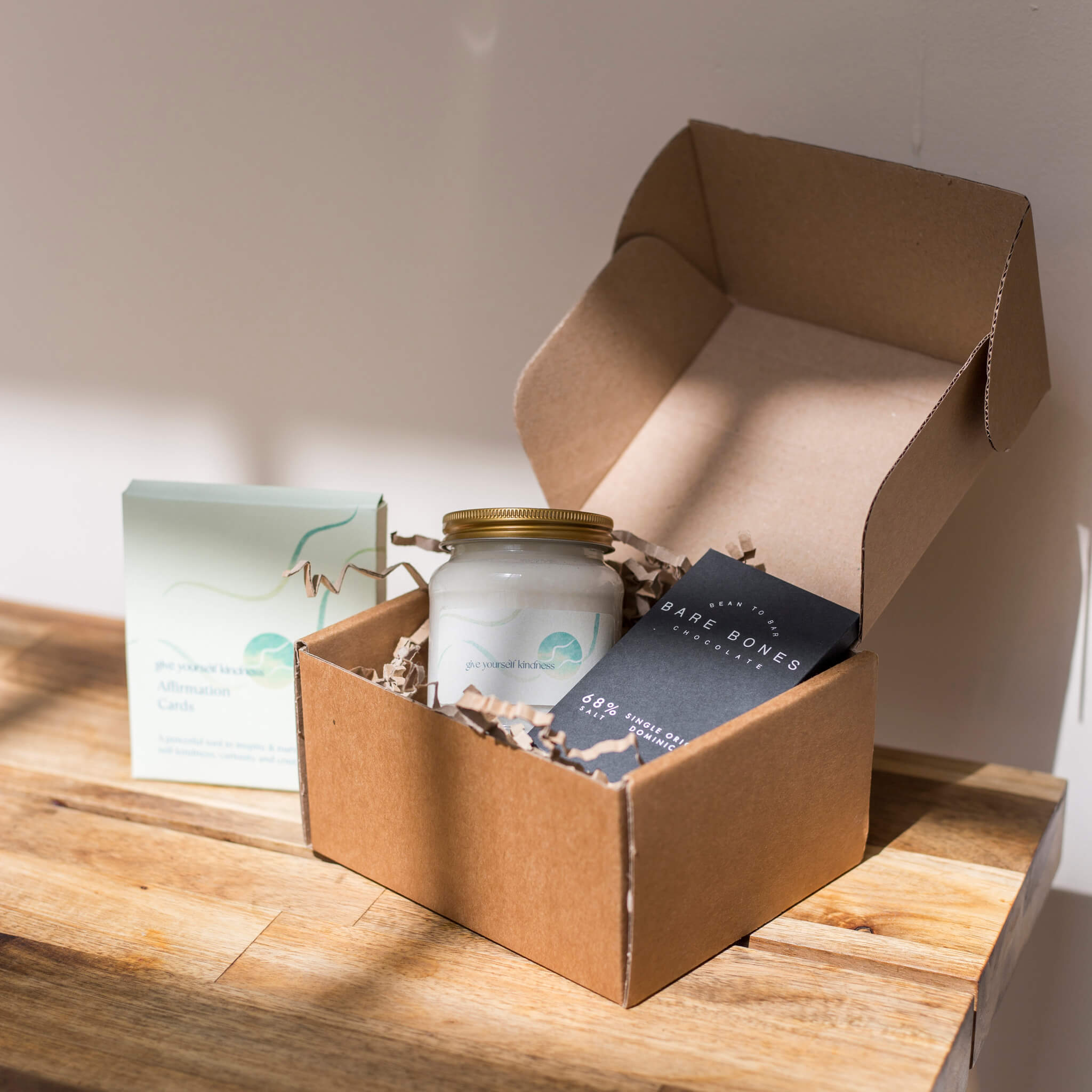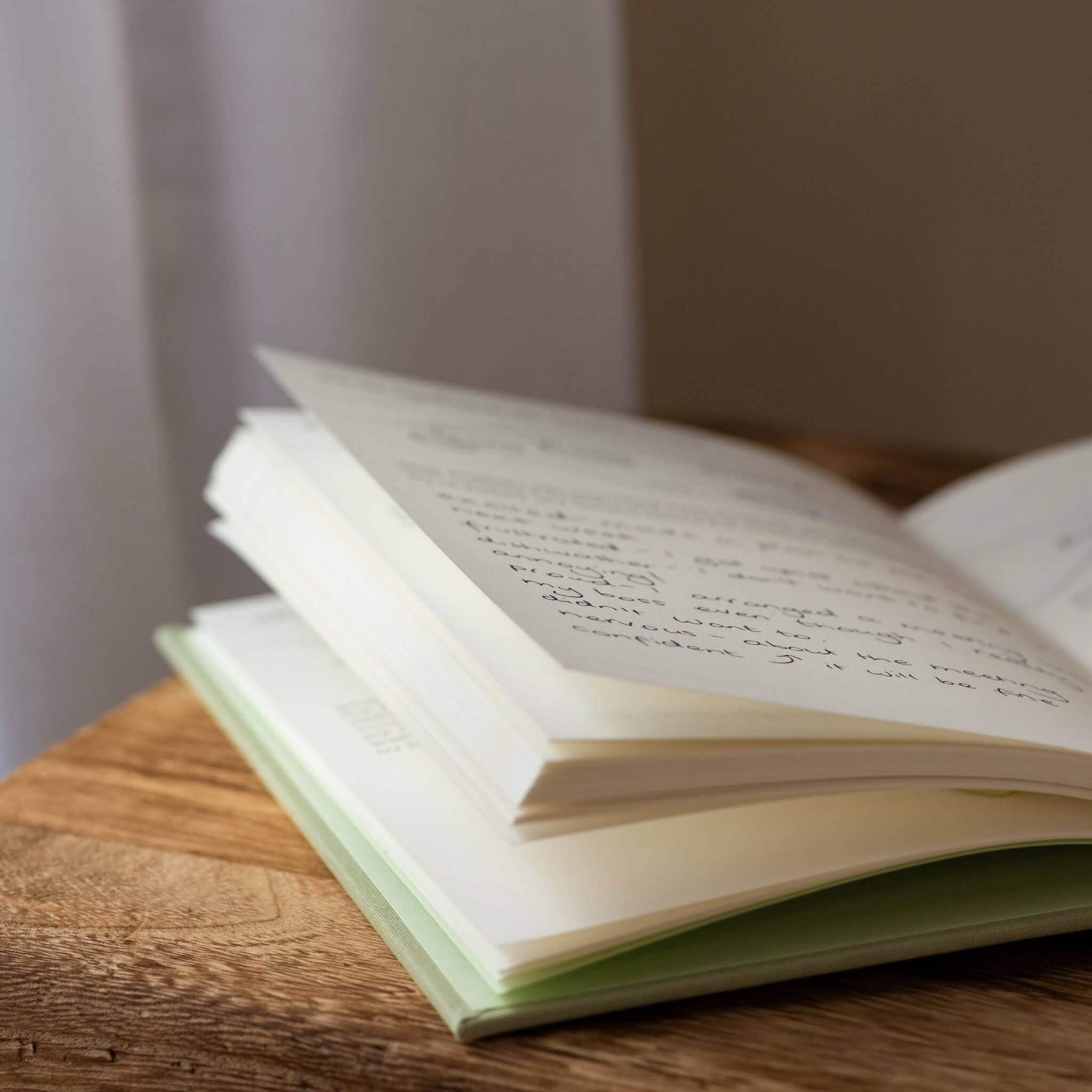written exclusively for Give Yourself Kindness by Kim Egel, M.A. an experienced licensed therapist looking to empower & provoke positive change for her clients.
The inner mind: a curious place
I can relate to feeling trapped in a roaring and tumultuous inner headspace. A really stormy and loud mind creates much suffering in our lives.
A noisy mind can often go under the radar because you can’t see the busyness of it externally. You can present and look “fine” to the world, even when your inward state is eating you up from the inside out with negative thinking patterns and critical judgements whirling out of control in your head.
Learning the tools and practices that can help you reduce your inner turmoil can greatly improve the quality of your life.
Here are three practices to hone in order to help you lessen the noise in your head to experience more inner peace.
Practice #1: Mindfulness
Mindfulness entails maintaining present-moment awareness of your thoughts while refraining from judgement or attachment to them.
Mindfulness is a mindset of embodying an “it is what it is” approach to life. This way of thinking requires acceptance of what is, along with a mighty awareness of what is actually happening now.
"the practice of being solely in the moment"
Not what happened in the past, and not what you think might happen in the future; it’s the practice of being solely in the moment of life, which is now.
Mindfulness is a skill
A consistent practice of mindfulness will help you to have more capacity to be in the present moment. As you do this, you will be able to make the best decisions that you can as situations and opportunities arise in the moment.
Practice #2: Non-attachment
Only with practicing non-attachment can our minds be still. When we’re attached to how we believe things need to look in order to be okay, we can suffer greatly.
When we hold a lot of attachment toward what the external looks like we can become really hopeless when life is offering us something different. It will be really challenging to stay balanced without the practice of non-attachment.
Finding comfort in the ebbs and flows of life
As life ebbs and flows, things will arise and occur that are unexpected. When we don’t have the ability to let go and allow things to be as they are, we will struggle internally. The truth is that life rarely goes exactly how we want and think it ought to go.
This is not a problem unless you’re so fiercely attached to how you believe things should be.
How do you practice non-attachment?
You practice being flexible.
You practice being compassionate and kind to yourself.
You practice acceptance of how things are rather than focusing and giving energy to your imposed way of how you think things are or were supposed to be.
Embracing flexibility, compassion, and acceptance is not easy
Yes, this could be really difficult, especially when we’re talking about really important aspects of our lives that we ache to be different.
I get that, and I have a lot of empathy for anyone coping with a reality of their life that is unsettling, painful and feels “wrong.” That’s a really difficult space to be in.
With time, space and practice you can get to a place of more acceptance. More acceptance leads to more flexibility and, over time, the resistance that we tend to carry when we’re attached to an outcome looses its momentum.
Practice #3: Non-judgement
Often the reason why we can’t quiet our minds is because of the loud, critical inner judgement playing on repeat inside our heads.
Judgement is a happiness blocker
To counter judgement; bring in compassion, bring in allowing, bring in surrender.
Welcome imperfection
Trust the process that is life. Allowing life to be imperfect without thinking that you did something wrong or that something wrong happened.
Life is not meant to have gone perfectly for anyone; that’s not the point of the life.
The unexpected events, the twists, the turns and learning the tools and finding the resilience to cope and handle it all is what life is.
Acceptance of the whole cohesive journey of life and the realization that our own judgement of it all is what leads to our suffering more than the external events themselves.
However, I absolutely understand being caught in judgement and feeling the sting of it; it’s so easy to get caught up in our judgement when we are in pain or at a point of our lives that feels uncomfortable.
Releasing the pressure
This is where perspective can be your friend. Practicing perspectives that help you see the bigger picture of it all and help you to calm and keep stepping forward until shift and change does come.
“let today be today
and tomorrow be tomorrow”
An everyday practice: I AM LUCKY
I know that when my mind becomes loud and unsettled, it’s often a product of too much focus going toward what I believe is lacking in my life.
Too much energy toward what I feel I’m perceivably lacking versus what is going well in my life makes me extremely unhappy.
Focusing on what I think is “wrong” with my life are some of my most intense moments of suffering.
Can you relate?
A negativity bias is normal: but can be challenged
To combat this emotionally negative headspace, a practice that I’ve found helpful in order to shift my mindset is focusing on an “I am lucky” mentality.
It’s very similar to a gratitude practice; however, for me, shifting it to a practice where I revisit the situations, experiences and moments of my life where I mindfully acknowledge the luck that has come into my life helps me shift toward a more productive and healthy mindset.
“the lucky encounters, special people and opportunities I’ve had along my path thus far”
This “I am lucky” practice entails thinking about my life and all the lucky encounters, special people and opportunities I’ve had along my path thus far.
With an acknowledgement of the luck that has come into my life, I feel immediately better. The more I melt into how I am and have been lucky, the shift in my mood continues to increase.
(If you’re reading this, unable to think of how luck has been on your side in life, I'm going to ask for you to look deeper. Even if you have to go back years to come up with something; I think breaking through the resistance that is blocking you from seeing the light in your life is necessary to have relief from a busy mind.)
With reflection and energy going toward what I've been lucky to experience in my life, comes more of my ability to see the luck that is currently around me.
What if you were to shift your script to: I am lucky?
If you begin to sift through the years, can you find something, someone or even a moment to be lucky for?
I think that a huge part of staying in our miserable mind, is living in non-acknowledgment of what we have been given.
There’s a tendency for life to reflect back to us what we’re giving out. There’s a thought that: We get what we give. If we can’t see our luck, life will reflect back to us a lack of luck, and so it goes.
The internal shift of putting energy toward seeing the luck, whether big or small, that life has gifted us along the way, will allow life to present us with additional lucky circumstances.
Try it. See if this practice can bring you some relief.
With consistency and a genuine approach toward this practice, a shift in your mindset, mood and overall way of being will likely occur.
More opportunities will open for you with an “I am lucky” approach. Focusing on where luck has dropped into your experience will help you cultivate more lucky things, people and opportunities for you in the present. Trust this.
This perspective is a healthy point of reference for you that allows and makes room for hope.
Kim Egel, M.A. has been a licensed Marriage Family Therapist for 15 years, while working within mental health for 20 years. Her private practice is based around the principles of somatic healing, authentic truth and overall wellness. As a former semi professional track and field athlete, Kim recognizes and brings the concepts of the mind, body and spirit connection into her client sessions. She continues to train and explore freediving, surfing, snowboarding, hiking, running in order to keep her own mind/body connection strong. Kim continues to explore her love for physical challenge, creative endeavor and travel, which she believes strengthens who she is as a therapist as she calls in clients who are creative souls and truth seekers themselves.


















